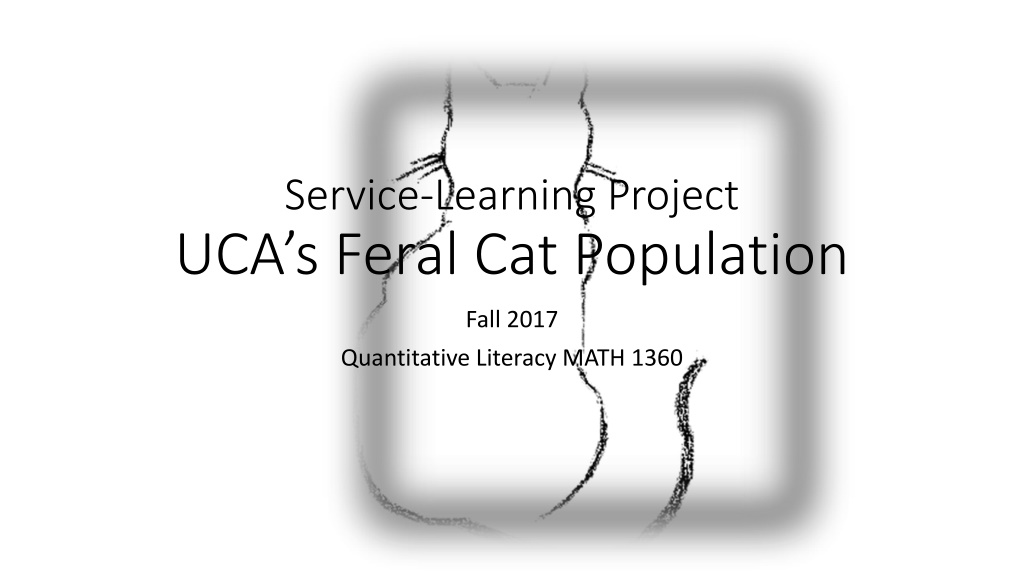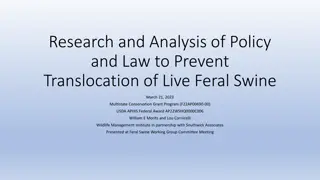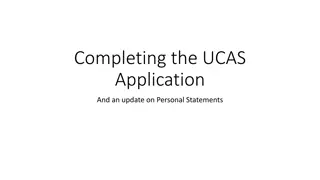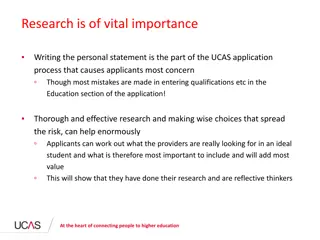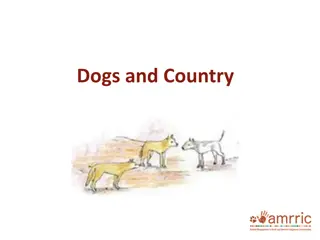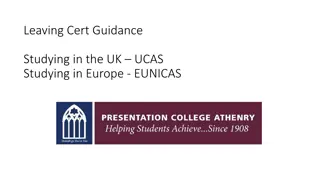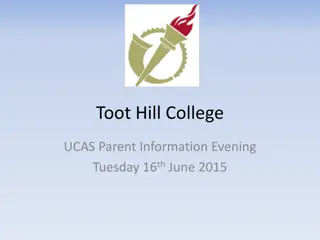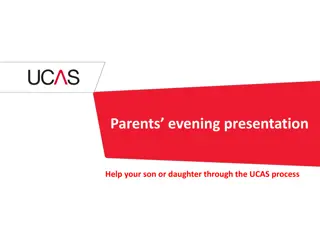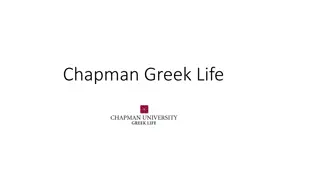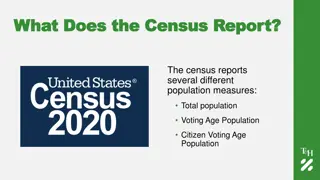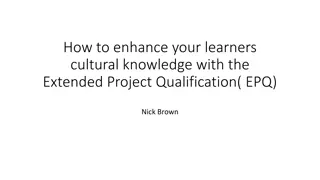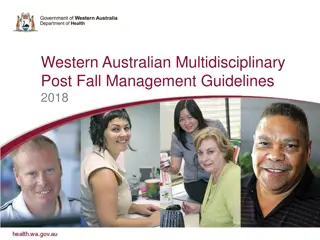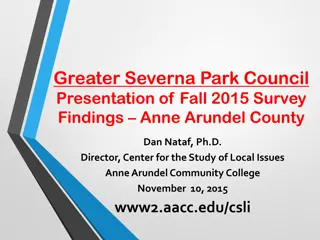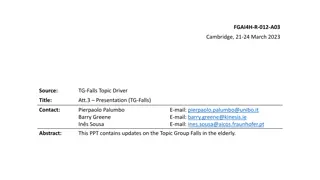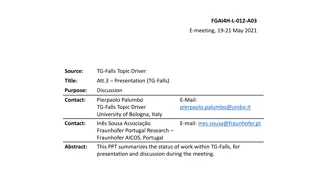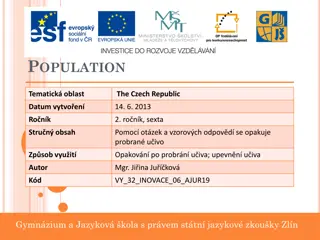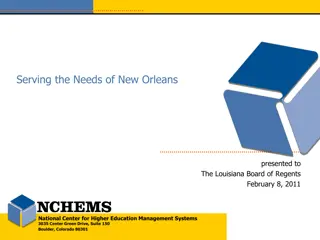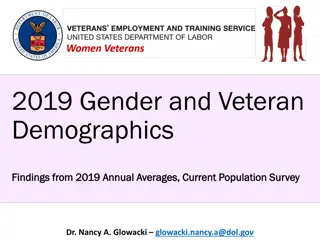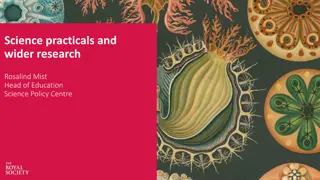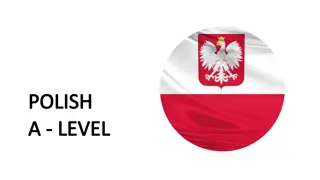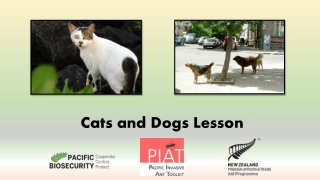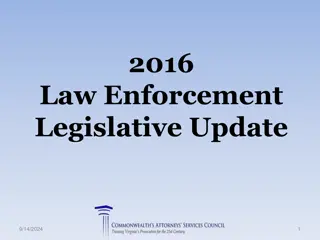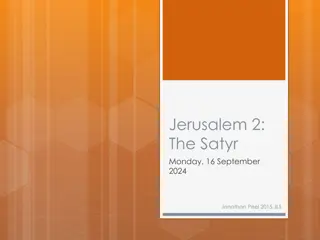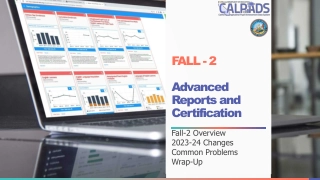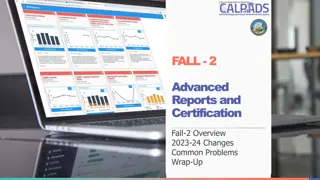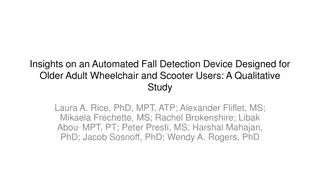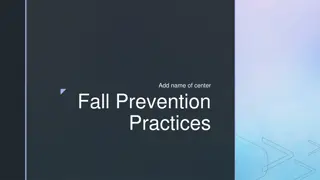Service-Learning Project UCA's Feral Cat Population Fall 2017
Explore quantitative literacy through real-life feral cat population data analysis. Engage with community partners to propose solutions for feral cat issues. Participate in collaborative data collection and statistical analysis. Interact with Out of the Woods Animal Rescue and Faulkner County Humane Society to support animal welfare efforts.
Uploaded on Sep 29, 2024 | 0 Views
Download Presentation

Please find below an Image/Link to download the presentation.
The content on the website is provided AS IS for your information and personal use only. It may not be sold, licensed, or shared on other websites without obtaining consent from the author. Download presentation by click this link. If you encounter any issues during the download, it is possible that the publisher has removed the file from their server.
E N D
Presentation Transcript
Service-Learning Project UCA s Feral Cat Population Fall 2017 Quantitative Literacy MATH 1360
Learning Goals and Objectives For Students To gain an applicable understanding of mathematical continuous exponential growth and the impact of real life populations Learn rudimentary experimental data design and collection Perform basic statistical analysis of data Participate in collaborative data collection, research, and reporting Interact with community partners and gain insight into community (UCA) feral cat issues and suggest practical solutions
Service-Learnings Partners Out of the Woods Animal Rescue of Arkansas A local and active group dedicated to the assistance of homeless animals through fostering and placement, and assistance with animal care to low income families of adopted pets. SL students will interact directly with OOTW volunteers to assist with activities that support their mission. Faulkner County Humane Society This group works in Faulkner County to support animal welfare legislation, fight animal cruelty in all forms and engage citizens to promote the protection of animals. SL students will use Humane Society online resources for research and to formulate solutions (although other websites will be useful). They also may do service at the local Humane Society Thrift Store in Conway.
Classroom Strategies and Student Assignments All assignments and participation will be required. Students will be required to spend at least 10 hours outside the class in SL activities, with documentation done on OrgSync. Since Quantitative Literacy (MATH 1360) and Foundations of QL (UNIV 0350) are requisite classes, the instructor meets with the same cohort five days a week. This allows ample time to incorporate SL curriculum without eliminating any other required curriculum. Students will be oriented by the assignments on the next page and by in- class speakers from community partners. Risk and liability will be at a minimum or non-existent since students will not be physically touching or handling felines. Off campus activities will be minimal, but the SL waiver will be required.
Classroom Strategies and Student Assignments 1. Write a one page dialogue of your ideas or perception of cats. Include your family and cultural outlook of felines. There is no right or wrong point of view. Search online websites that discuss the problem of feral colonies and stray cats and proposed solutions. Try to find opposing views and discuss your ideas of why or why not they should be feasible solutions. Be prepared to give a brief narrative to your class cohorts. Discussion after each presentation is welcome. During the semester, students will be tasked to take pictures of any feline activity on UCA grounds. This will be date/time stamped and campus location denoted. The pics will be sent to a predetermined email or messenger address. They will then be responsible for adding pins to a campus map in the classroom and logging information. Students who initially identify a cat will be allowed to name it. 2. 3. 4.
Reflection and Assessment In-process assessment will be counted by participation and attendance points. This will amount to 5% of the semester grade. A post-project survey will be given that will be designed for self-reflection. Questions will be designed to address goals in the SL Assessment Rubric.
We have the choice to use the gift of our life to make the world a better place or not to bother Dr. Jane Goodall
